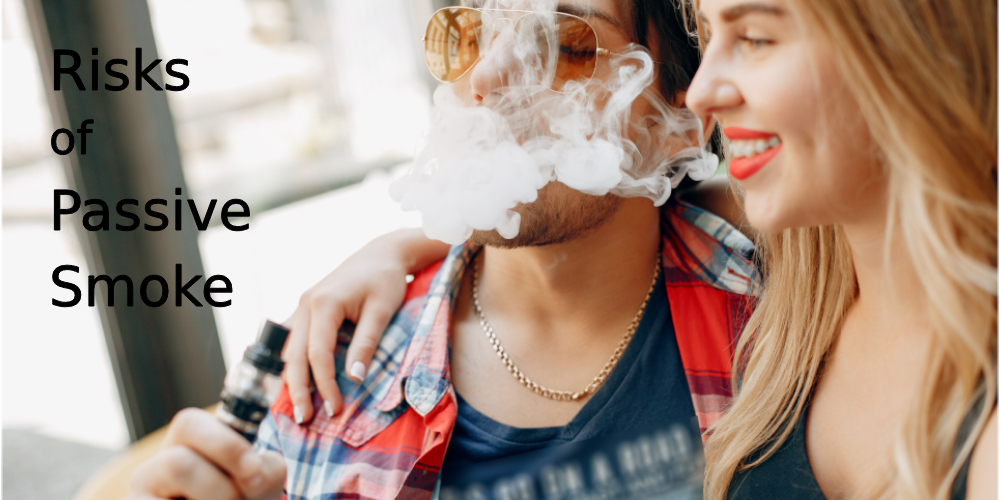
Understanding the Hidden Dangers of Secondhand Smoke
You’re sitting in a quaint café, enjoying a cup of coffee and engrossed in conversation with a close friend. The ambiance is cozy, the chatter lively, but amidst the laughter and camaraderie, something sinister lingers in the air – the faint yet unmistakable scent of tobacco smoke. As you inhale, you can feel the acrid tendrils of secondhand smoke seeping into your lungs, casting a shadow over an otherwise pleasant moment. This scenario is all too familiar for millions worldwide, highlighting the pervasive nature of secondhand smoke and its insidious impact on our lives. In this article, we will talk about a crucial topic that affects us all: the dangers of secondhand smoke.
The Hidden Hazard
Let’s start by shedding light on the invisible danger that is secondhand smoke. Unlike firsthand smoke, which is directly inhaled by smokers, secondhand smoke is the combination of smoke exhaled by smokers and smoke emitted from burning tobacco products. This toxic mixture contains over 7,000 chemicals, including at least 250 known to be harmful and more than 70 that can cause cancer.
But what makes secondhand smoke so insidious is its ability to linger in the air long after the smoker has extinguished their cigarette. This means that even if you’re not a smoker yourself, you can still be exposed to harmful toxins simply by being in the vicinity of someone who is smoking.
The Health Hazards
Now, let’s delve into the health hazards associated with secondhand smoke exposure. Studies have shown that breathing in secondhand smoke can have serious and sometimes fatal consequences for both adults and children. Secondhand or passive smoke is classified as a known human carcinogen by the U.S. Environmental Protection Agency (EPA), meaning it is proven to cause cancer in humans.
For adults, exposure to secondhand smoke has been linked to an increased risk of heart disease, stroke, and lung cancer. Pregnant women who are exposed to secondhand smoke are also at higher risk of complications such as low birth weight and preterm birth.
But perhaps the most vulnerable to the dangers of secondhand smoke are children. Children who are exposed to secondhand smoke are at higher risk of developing respiratory infections, asthma, sudden infant death syndrome (SIDS), and even cognitive impairments.
Protecting Yourself and Your Loved Ones
Now that we’ve explored the dangers of secondhand smoke, let’s shift our focus to what you can do to protect yourself and your loved ones. The first and most important step is to create a smoke-free environment in your home and car. This means establishing strict no-smoking policies and enforcing them consistently.
If you have friends or family members who smoke, encourage them to quit or smoke outside away from others. And if you find yourself in situations where you’re exposed to secondhand smoke in public places, consider speaking up and advocating for smoke-free policies in your community.
Additionally, if you’re a smoker yourself, now is the time to consider quitting. Not only will quitting smoking improve your own health, but it will also protect those around you from the harmful effects of secondhand smoke.
In conclusion, the dangers of secondhand smoke are real and far-reaching. From increased risk of cancer and heart disease to respiratory infections and cognitive impairments, the health hazards associated with secondhand smoke exposure are too grave to ignore. But there is hope. By raising awareness about the dangers of secondhand smoke and taking proactive steps to create smoke-free environments, we can protect ourselves and our loved ones from this silent threat. Together, let’s work towards a future where everyone can breathe clean, smoke-free air and live healthier, happier lives.
Remember, knowledge is power, and by arming ourselves with information, we can make informed choices that will positively impact our health and the health of those we care about most.




